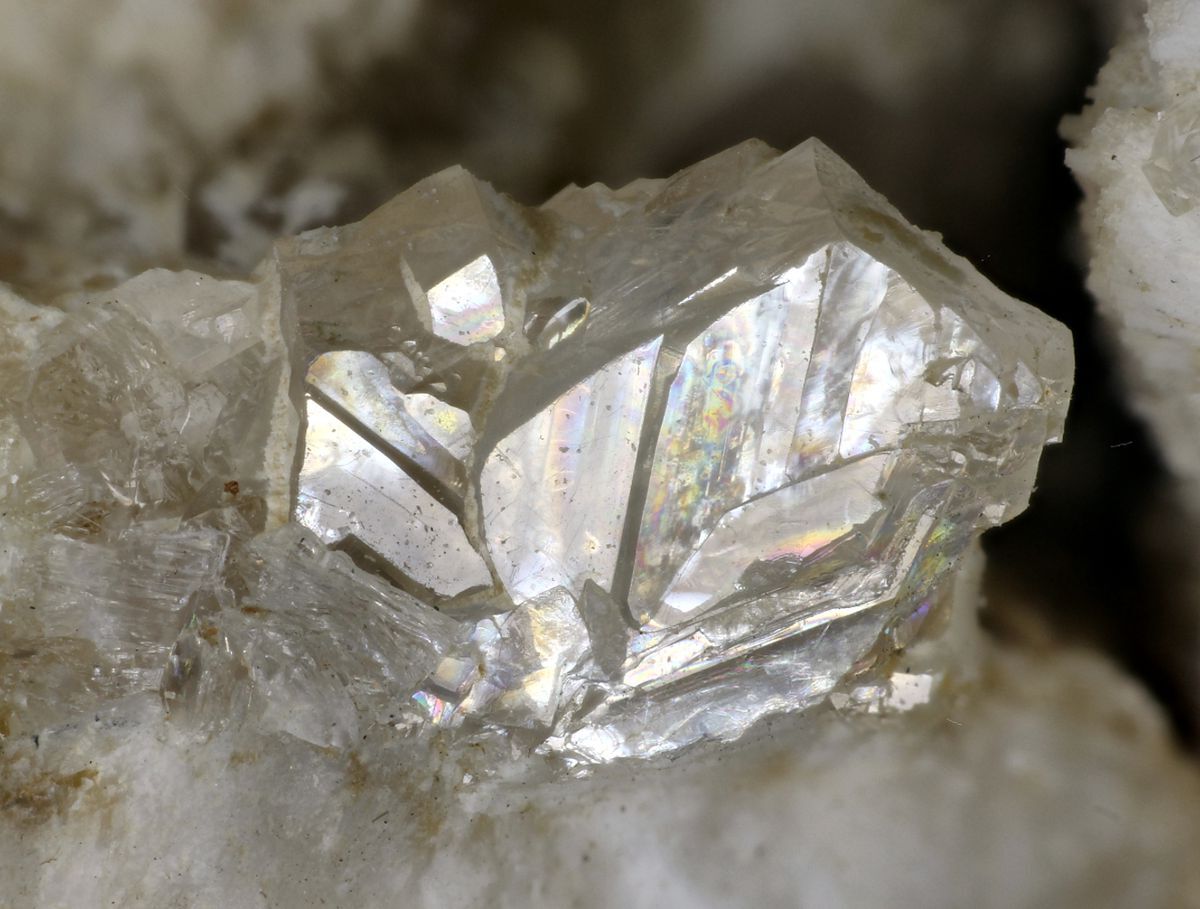
Boehmite is a fascinating mineral that plays a crucial role in various industries. But what exactly is it? Boehmite is a form of aluminum oxide hydroxide, often found in bauxite ore. It’s a key component in the production of aluminum, making it incredibly valuable. This mineral also finds use in ceramics, refractories, and even as a catalyst in chemical reactions. Its unique properties, such as high thermal stability and resistance to corrosion, make it indispensable. Curious about more? Here are 40 facts that will give you a deeper understanding of this versatile mineral.
Key Takeaways:
- Boehmite is a special mineral that's used to make aluminum and has cool properties like being resistant to corrosion and having a high melting point. It's found in bauxite and has a shiny appearance.
- Boehmite is not just a mineral, it's also used in making ceramics, pigments for paints, and even synthetic gemstones! It forms in tropical regions and can be found in soil and marine environments.
What is Boehmite?
Boehmite is a fascinating mineral with a lot of interesting properties and uses. It's a form of aluminum oxide hydroxide and is often found in bauxite, the primary source of aluminum. Let's dive into some intriguing facts about this mineral.
- Boehmite is named after the German chemist Johann Böhm who first described it in 1927.
- Its chemical formula is AlO(OH), indicating it contains aluminum, oxygen, and hydrogen.
- Boehmite is typically white, but impurities can give it a range of colors from yellow to brown.
- It has a monoclinic crystal system, meaning its crystals form in a specific, orderly pattern.
- This mineral is often found in bauxite deposits, which are the primary source of aluminum worldwide.
- Boehmite can also be found in lateritic soils, which are rich in iron and aluminum.
- It has a hardness of 3 to 3.5 on the Mohs scale, making it relatively soft compared to other minerals.
- Boehmite has a specific gravity of 3.0 to 3.1, which measures its density compared to water.
- It is often associated with other aluminum minerals like gibbsite and diaspore.
- Boehmite is an important component in the production of aluminum metal.
Uses of Boehmite
Boehmite has a variety of applications, particularly in industrial processes. Its unique properties make it valuable in several fields.
- Boehmite is used as a precursor in the production of aluminum oxide, which is essential for making aluminum metal.
- It serves as a catalyst in the chemical industry, speeding up reactions without being consumed.
- Boehmite is used in the production of refractory materials, which can withstand high temperatures.
- It is also used in the manufacture of ceramics, providing strength and durability.
- Boehmite is employed in the production of abrasives, which are materials used for grinding and polishing.
- It is used in the production of pigments, giving color to paints and coatings.
- Boehmite is used in the production of zeolites, which are minerals used in water purification and as catalysts.
- It is also used in the production of synthetic gemstones, providing a durable and attractive material.
- Boehmite is used in the production of high-performance plastics, providing strength and heat resistance.
- It is employed in the production of nanomaterials, which have applications in electronics and medicine.
Physical Properties of Boehmite
Understanding the physical properties of boehmite can help us appreciate its versatility and usefulness.
- Boehmite has a vitreous to pearly luster, giving it a shiny appearance.
- It has a perfect cleavage in one direction, meaning it can be easily split along a specific plane.
- Boehmite is transparent to translucent, allowing light to pass through it to varying degrees.
- It has a refractive index of 1.65 to 1.70, which measures how much it bends light.
- Boehmite has a low thermal expansion coefficient, meaning it doesn't expand much when heated.
- It is resistant to corrosion, making it useful in harsh environments.
- Boehmite is non-toxic, making it safe for use in a variety of applications.
- It is insoluble in water, meaning it doesn't dissolve easily.
- Boehmite has a high melting point of around 3000°F (1650°C), making it suitable for high-temperature applications.
- It is a good conductor of heat, allowing it to transfer heat efficiently.
Boehmite in Nature
Boehmite's natural occurrence and formation are just as interesting as its properties and uses.
- Boehmite is commonly found in tropical and subtropical regions, where bauxite deposits are abundant.
- It forms through the weathering of aluminum-rich rocks, such as granite and basalt.
- Boehmite can also form through hydrothermal processes, where hot, mineral-rich water interacts with rocks.
- It is often found in association with other minerals like kaolinite, hematite, and goethite.
- Boehmite can be found in sedimentary rocks, where it forms as a result of chemical precipitation.
- It is also found in metamorphic rocks, where it forms through the alteration of other aluminum minerals.
- Boehmite can be found in soil, where it forms through the weathering of rocks and minerals.
- It is often found in lateritic soils, which are rich in iron and aluminum.
- Boehmite can be found in marine environments, where it forms through the precipitation of aluminum from seawater.
- It is also found in freshwater environments, where it forms through the precipitation of aluminum from rivers and lakes.
The Final Word on Boehmite
Boehmite, a fascinating mineral, plays a crucial role in various industries. From its use in aluminum production to its presence in ceramics and catalysts, this mineral's versatility is impressive. Understanding its properties, such as its hydrated aluminum oxide composition and crystalline structure, helps appreciate its applications better.
Its natural occurrence in bauxite ore makes it a key player in the mining industry. Plus, its role in nanotechnology and environmental applications showcases its potential for future innovations. Whether you're a student, a professional, or just curious, knowing these facts about boehmite can broaden your knowledge.
So next time you encounter this mineral, you'll have a deeper understanding of its significance. Keep exploring, stay curious, and let the wonders of science continue to amaze you.
Frequently Asked Questions
Was this page helpful?
Our commitment to delivering trustworthy and engaging content is at the heart of what we do. Each fact on our site is contributed by real users like you, bringing a wealth of diverse insights and information. To ensure the highest standards of accuracy and reliability, our dedicated editors meticulously review each submission. This process guarantees that the facts we share are not only fascinating but also credible. Trust in our commitment to quality and authenticity as you explore and learn with us.


